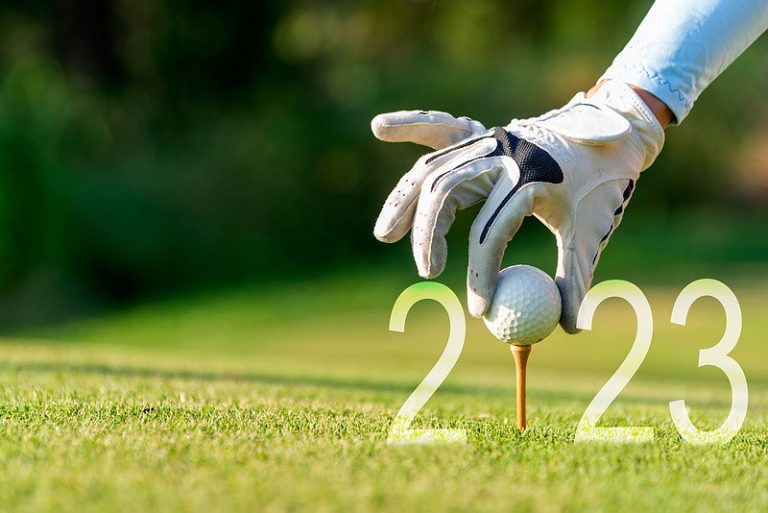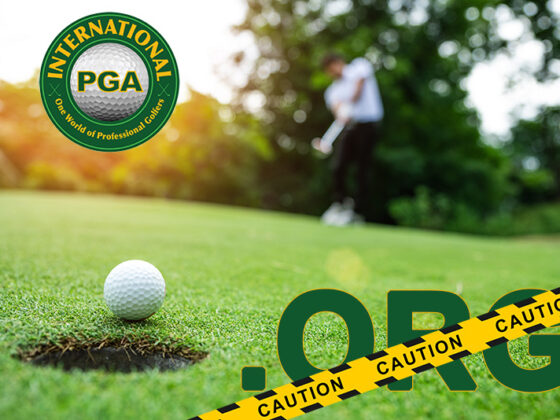Happy New Year! Whether a teaching pro, beginner, or intermediate golfer, our golf resolutions are all the same thing: This is the year I’m really going to improve my game.
Any golfer can benefit from setting the following golf resolutions for 2023, but teaching pros may find it useful to pass them along to their students as a means of giving them something to strive for, no matter their level of expertise.
Gain More Distance
Practice more, play more, and take some lessons to make sure you’re set up for maximum power. And don’t forget that strength training and exercise go a long way toward increasing your strength, power, and flexibility—and ultimately, the distance you can hit the ball.
Get More Consistent
Work on your drives, fairway shots, chipping, and putting to have more consistent shots and play better overall is a great golf resolution. It’s a great feeling to walk out onto the course with an expectation of what you know you can do.
Work on Your Putting
Start by using the “3-putt” rule. Strive to have no more than three putts on each green (pros, make that 1-2). Again, the best way to accomplish this is PRACTICE! Go to a putting green or do some indoor drills.
A pro once said that [as good as he was] he putted 100 balls a day. He said that is usually what will make the difference in a tournament when the scores are only strokes apart.
Set a Realistic Goal about Lowering Your Score…
… and work toward it. Whether you want to break 100, 90, or 80, it can be done if you practice, play, and stick with it. Pros, if you’re working at breaking 70, you should probably be playing professionally (wink, wink)!
Know How Far Each Club Will Hit
Of course, you can see this on the golf course, but wouldn’t it be better to know this before you go out to play. That’s where the driving range is your friend. With yardages clearly marked, you can become very accurate about your distances.
A little tip is to use the same sequence of clubs you use on the course: driver, fairway woods and irons, pitching wedge, and putter. Every golfer is different, so practice with the clubs you use most.
Lower Your Handicap
With the exception of beginners, every golfer from intermediate on up should be keeping track of their handicap. Lowering your handicap is easier said than done, but your handicap index is a real reflection of how much you’ve improved your game. And setting a goal of a lower handicap will surely be of benefit. Most private and public golf courses provide a handicap service.
Experience New Courses and Play in Some Tournaments
Nothing makes you strive to play well more than a challenging new golf course or a competitive tournament. Playing the physical demands of a new course and competing with your peers and/or players who are better than you can’t help but improve your game.
Get Out There and Play More Golf!
Most good golfers play often. Playing once a week won’t do it. Teaching pros reading this already know that, but their students may not realize the value of quantity contributing to quality—and they need to be reminded to play as often as they can and to practice regularly.
We hope this blog has been of interest to you. Stay tuned for our next blog, “What Golf Pros Should Be Teaching about Golf Etiquette.”
About the International PGA:
The International PGA provides career growth and golf teaching certification for a global body of professional golfers. Our mission is to allow current/past professional golf instructors to belong to an international community for collaboration, career development, and the enjoyment of golf and golf instruction. We welcome members of all races, colors, creeds, and genders.




